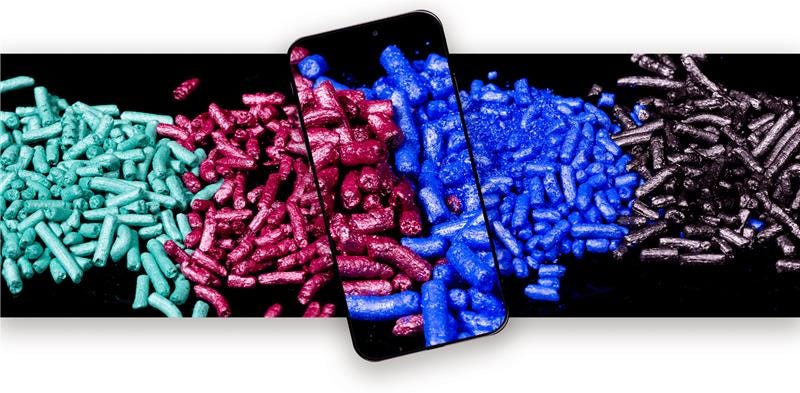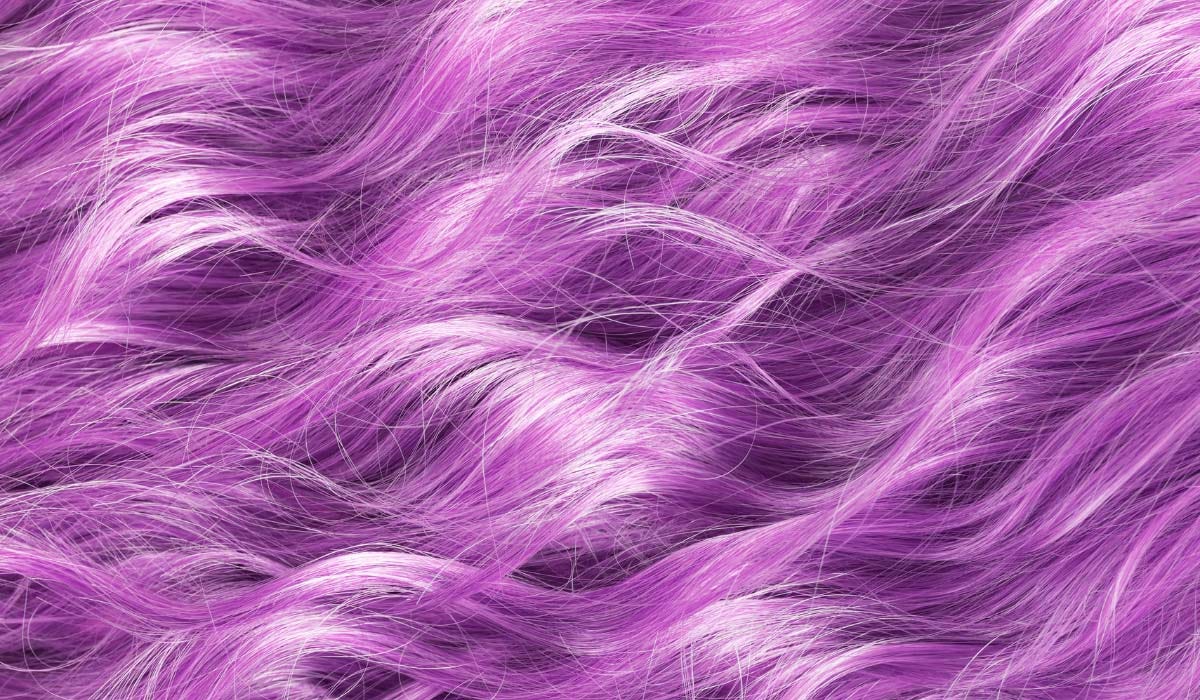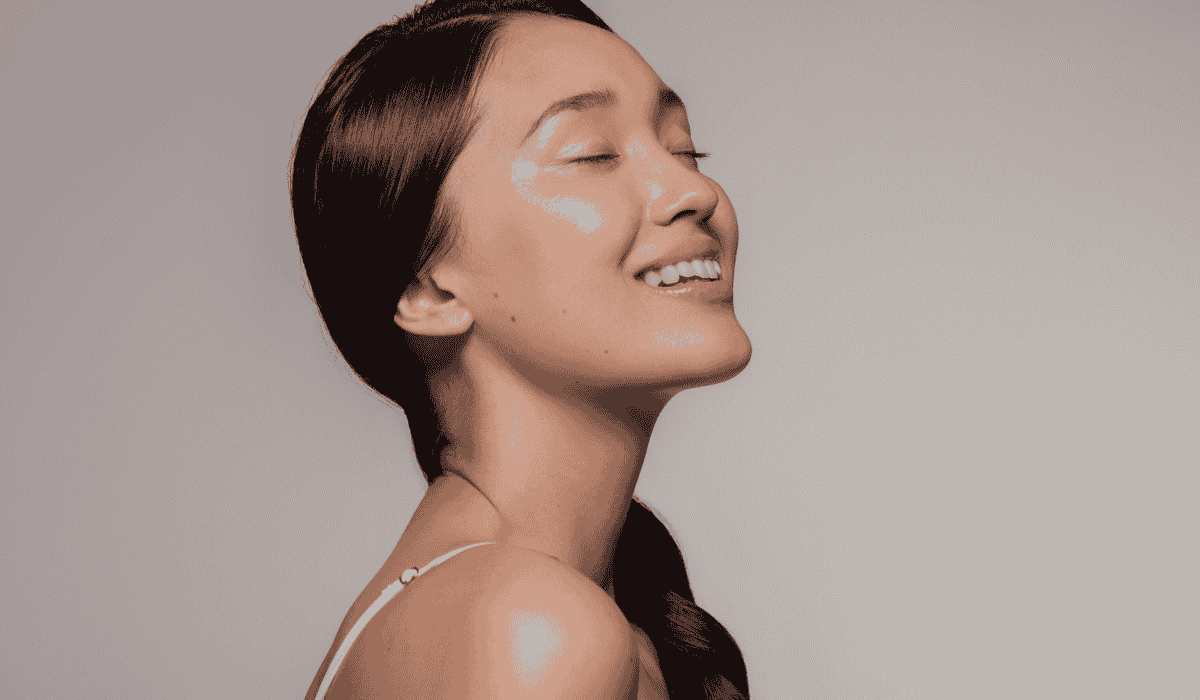Formulating with B-Vitamins: Benefits, Applications, and Best Practices for Skincare and Haircare
In today’s beauty market, formulating with B-vitamins has become a key focus for both skincare and haircare brands. Known for their multifunctional benefits, B-vitamins for skin help improve hydration, strengthen the skin barrier, and support a more even complexion, while B-vitamins for hair contribute to healthier, stronger, and shinier strands. As consumers continue to seek products that not only enhance appearance but also promote long-term health, B-vitamins have gained strong appeal across all categories. This trend is further fueled by the clean beauty movement, where ingredient transparency and nutritional benefits are prioritized. With growing demand for vitamin-enriched products that deliver real results, B-vitamins have secured their place as essential components in modern cosmetic formulations.
The Benefits of B-Vitamins in Cosmetics
B-Vitamins for Skin Health
B-vitamins for skin offer a range of benefits that make them valuable ingredients in skincare formulations. Niacinamide (Vitamin B3) is widely praised for its ability to improve skin tone, enhance barrier function, and reduce the appearance of fine lines and hyperpigmentation. Panthenol (Provitamin B5) is another favorite, known for its powerful moisturizing and soothing properties that help calm irritated skin and support overall hydration. The inclusion of B-vitamins in skincare products aligns with the consumer demand for gentle yet effective ingredients that promote visible improvements without harsh side effects. Overall, the benefits of B-vitamins in cosmetics include enhanced skin resilience, improved moisture retention, and a more radiant complexion.
B-Vitamins for Hair Strength and Growth
B-vitamins for hair are equally impactful. Biotin (Vitamin B7) is often associated with stronger, thicker hair and is a popular addition to shampoos, conditioners, and scalp treatments. Panthenol also plays a dual role in haircare, helping to strengthen hair fibers, improve elasticity, and add shine. Together, these B-vitamins help address common concerns such as hair breakage, dullness, and thinning. As consumers continue to prioritize hair health alongside scalp care, B-vitamin haircare formulations are becoming a must-have in any comprehensive beauty line. Incorporating B-vitamins not only supports the hair’s structural integrity but also promotes a healthier, more vibrant appearance over time.
Common B-Vitamin Ingredients Used in Skin & Hair Care Formulations
Niacinamide (Vitamin B3)
Niacinamide is one of the most versatile B-vitamin skincare ingredients available today. Known for its ability to visibly brighten skin, minimize pores, and strengthen the skin barrier, it is widely used in serums, moisturizers, and toners. Niacinamide is water-soluble and highly stable across a broad pH range, making it easy to incorporate into a variety of formulations. Whether addressing uneven skin tone or supporting barrier repair, niacinamide offers a powerful, proven solution for formulators seeking to deliver visible results.
Panthenol (Provitamin B5)
Panthenol is a go-to ingredient when formulating for hydration and soothing. As a provitamin, it converts to pantothenic acid (Vitamin B5) once applied to the skin or hair. It works by attracting and retaining moisture, helping to soften and smooth skin and hair fibers. Panthenol is ideal for both rinse-off and leave-on applications and is commonly found in moisturizers, calming creams, conditioners, and leave-in treatments. Its flexibility across product types makes it a cornerstone when learning how to formulate with B-vitamins.
Biotin (Vitamin B7)
Biotin, often spotlighted in hair supplements, also holds a valuable place in topical B-vitamin haircare formulations. While it is most famous for supporting hair strength and growth, biotin may also help maintain healthy skin when used topically. It is a water-soluble vitamin and typically requires careful incorporation to ensure even distribution in a formula. Biotin’s association with strong, resilient hair continues to drive its use in shampoos, serums, and scalp treatments.
Other B-Vitamins (B1, B2, B6, B12)
Although not as commonly featured as niacinamide or panthenol, other B-vitamins like thiamine (B1), riboflavin (B2), pyridoxine (B6), and cobalamin (B12) are beginning to appear in advanced cosmetic formulations. These vitamins offer antioxidant benefits, support cellular energy production, and can enhance overall skin vitality. When used thoughtfully, they can complement the core functions of more familiar B-vitamins, adding an extra layer of holistic skin or hair support.
How to Formulate with B-Vitamins
Solubility and Stability Considerations
When learning how to formulate with B-vitamins, it’s important to understand their solubility and stability profiles. Most B-vitamins, including niacinamide, panthenol, and biotin, are water-soluble, which makes them ideal for aqueous formulations like serums, gels, and creams. However, they can be sensitive to heat and pH extremes. To preserve their efficacy, it is generally recommended to add B-vitamins during the cooling phase of production, ideally when the batch temperature falls below 40°C. Maintaining a pH between 4.5 and 7.0 also helps stabilize these ingredients, ensuring they deliver optimal performance in the final product.
Ideal Formulation Types for B-Vitamins
B-vitamin skincare ingredients and haircare actives are highly versatile, fitting into a wide range of product types. In skincare, B-vitamins are commonly used in hydrating serums, barrier creams, brightening masks, and calming treatments. In haircare, they are popular choices for fortifying shampoos, repairing conditioners, and nourishing scalp serums. With the growing trend toward multi-benefit and hybrid beauty products, many brands are now combining B-vitamins for skin and B-vitamins for hair into single-use products that offer head-to-toe care. This flexibility makes them valuable additions to any formulator’s toolkit, especially when developing products that meet the demand for science-backed, wellness-focused beauty.
Example Formulations Featuring B-Vitamins
Booty Beauty Balm
This luxurious body balm showcases niacinamide (Vitamin B3) as a core active to help brighten skin, even out tone, and improve barrier strength. Paired with hydrating agents like sodium hyaluronate and natural emollients, this balm is designed to deeply moisturize while delivering a visibly firmer, smoother appearance. It's a great example of how formulating with B-vitamins can create multi-functional skincare that enhances both texture and tone.
Date Night Hair Refresher
This lightweight scalp treatment focuses on revitalizing the scalp with a blend of niacinamide and D-panthenol (Vitamin B5), supporting barrier health, hydration, and hair vitality. It also features biogenic caffeine to boost the appearance of hair density, making it a strong showcase for B-vitamin haircare formulations. The formula highlights how B-vitamins contribute not just to skin health but also to overall scalp care and hair resilience.
Brighten Up & Set Loose Powder
Designed to perfect the skin’s appearance, this loose setting powder includes niacinamide to help reduce sebum production and support a more even skin tone. In addition to providing cosmetic coverage and a matte finish, it subtly improves the skin’s health over time — illustrating how B-vitamin skincare ingredients can be used in color cosmetics to marry performance with skin benefits.
Final Tips for Using B-Vitamins in Skincare and Haircare
When working with B-vitamins, a few best practices can help ensure the best results. First, always verify the solubility of the B-vitamin you are using — most, like niacinamide, panthenol, and biotin, are water-soluble and should be added during the cooling phase to protect their activity. Monitoring and adjusting pH levels is also critical, particularly when formulating with sensitive vitamins that perform best within a pH range of 4.5 to 7.0.
Incorporating B-vitamin skincare ingredients alongside complementary actives like hyaluronic acid, ceramides, and botanical extracts can enhance their overall effects, offering more comprehensive benefits to the skin and hair. Similarly, in haircare, combining B-vitamins for hair with hydrating and scalp-supportive ingredients can create high-performance treatments that address multiple concerns at once.
Finally, start with established use levels for each vitamin and build from there, especially when creating targeted treatments like serums, masks, or scalp refreshers. With their versatility, proven efficacy, and rising consumer interest in vitamin-enriched products, B-vitamins offer endless opportunities for formulators ready to develop innovative, science-backed solutions.








